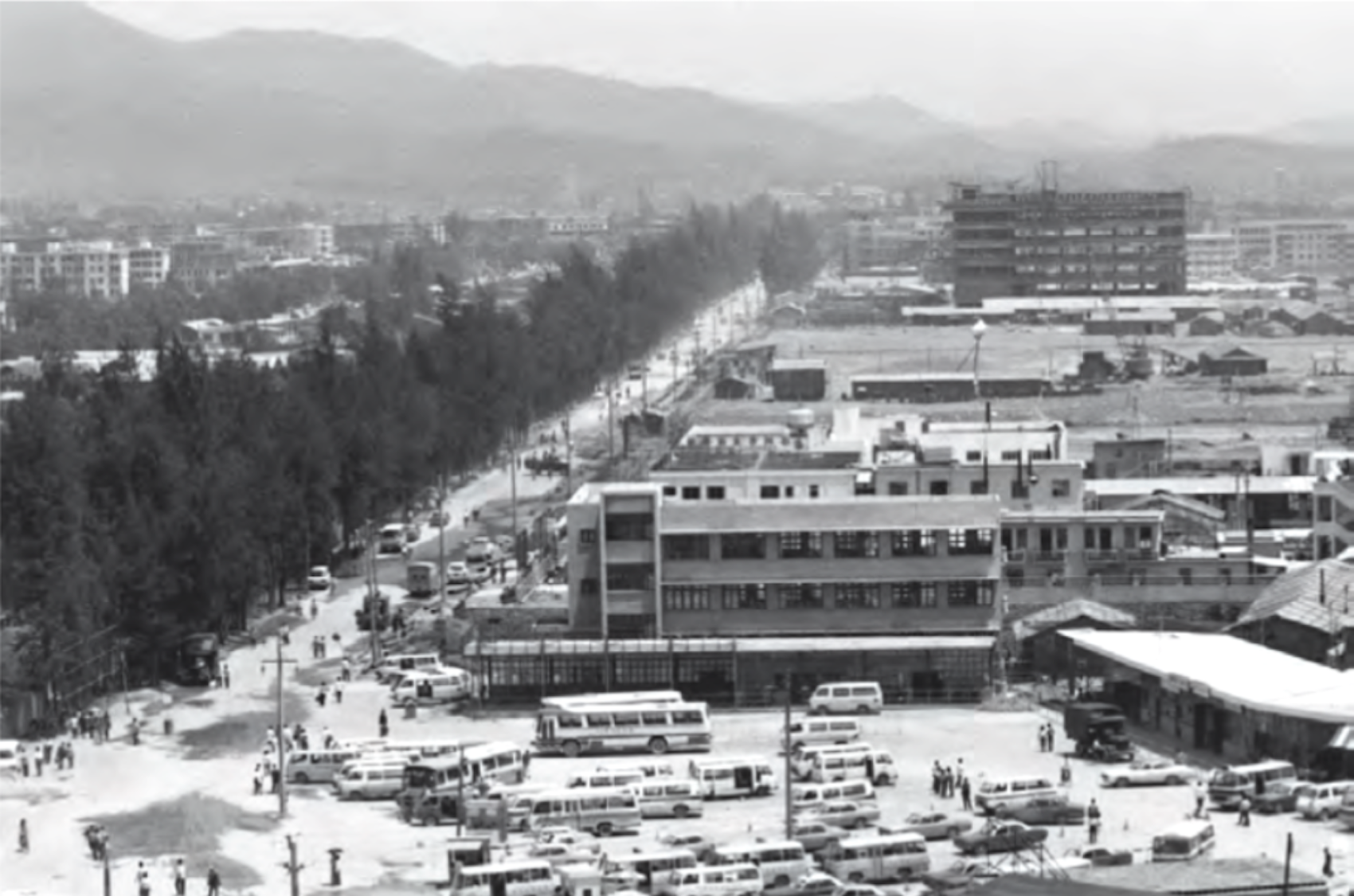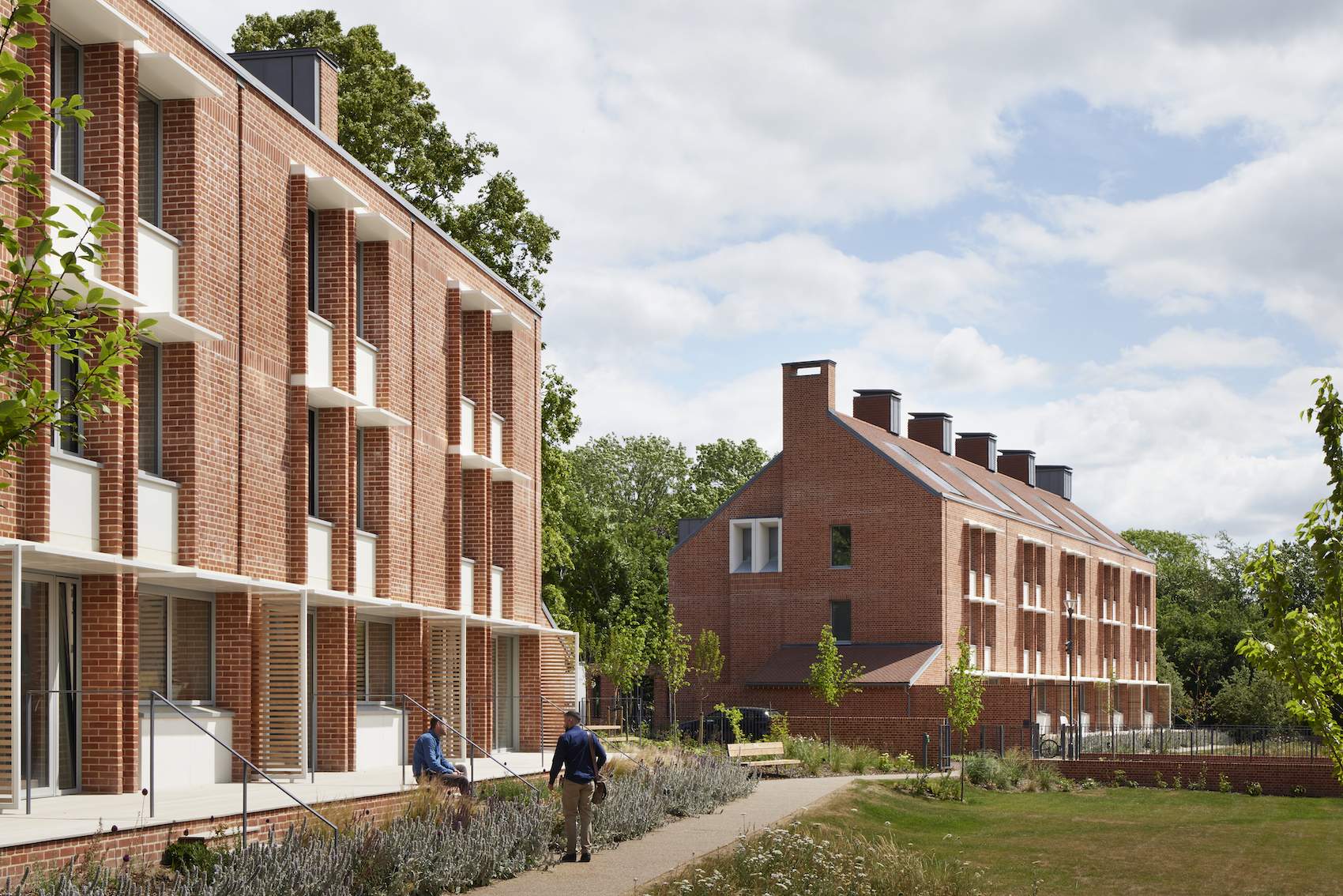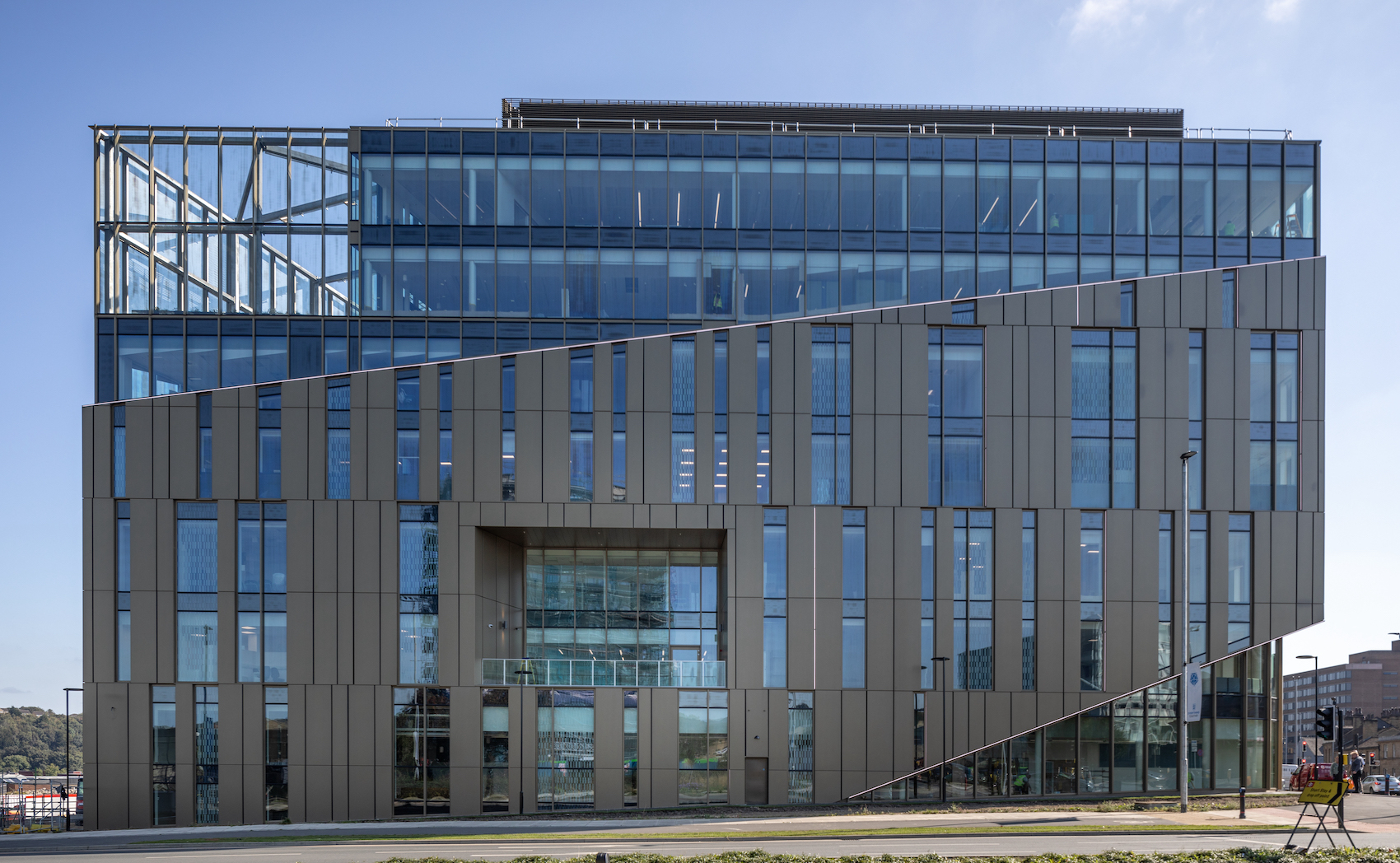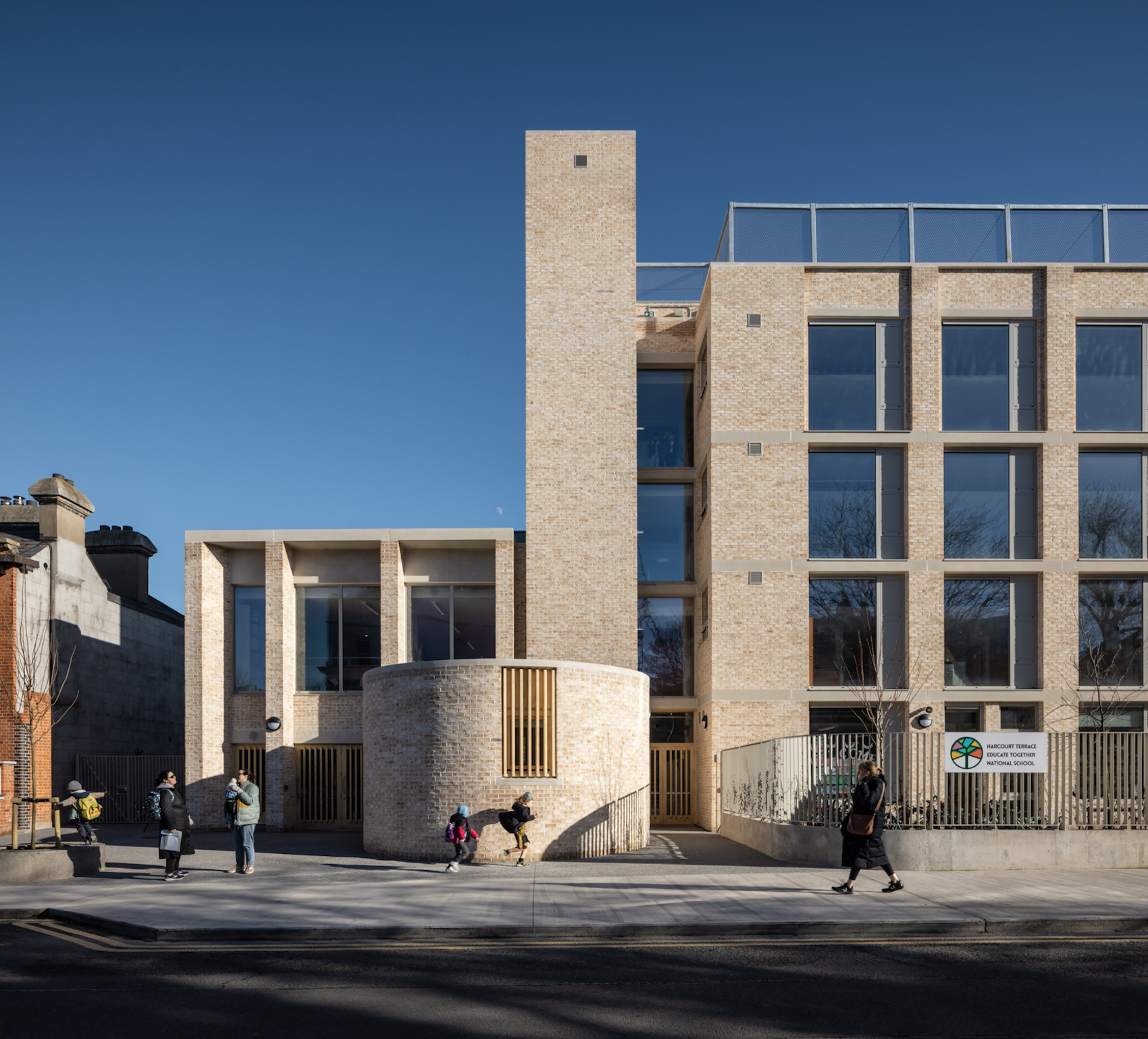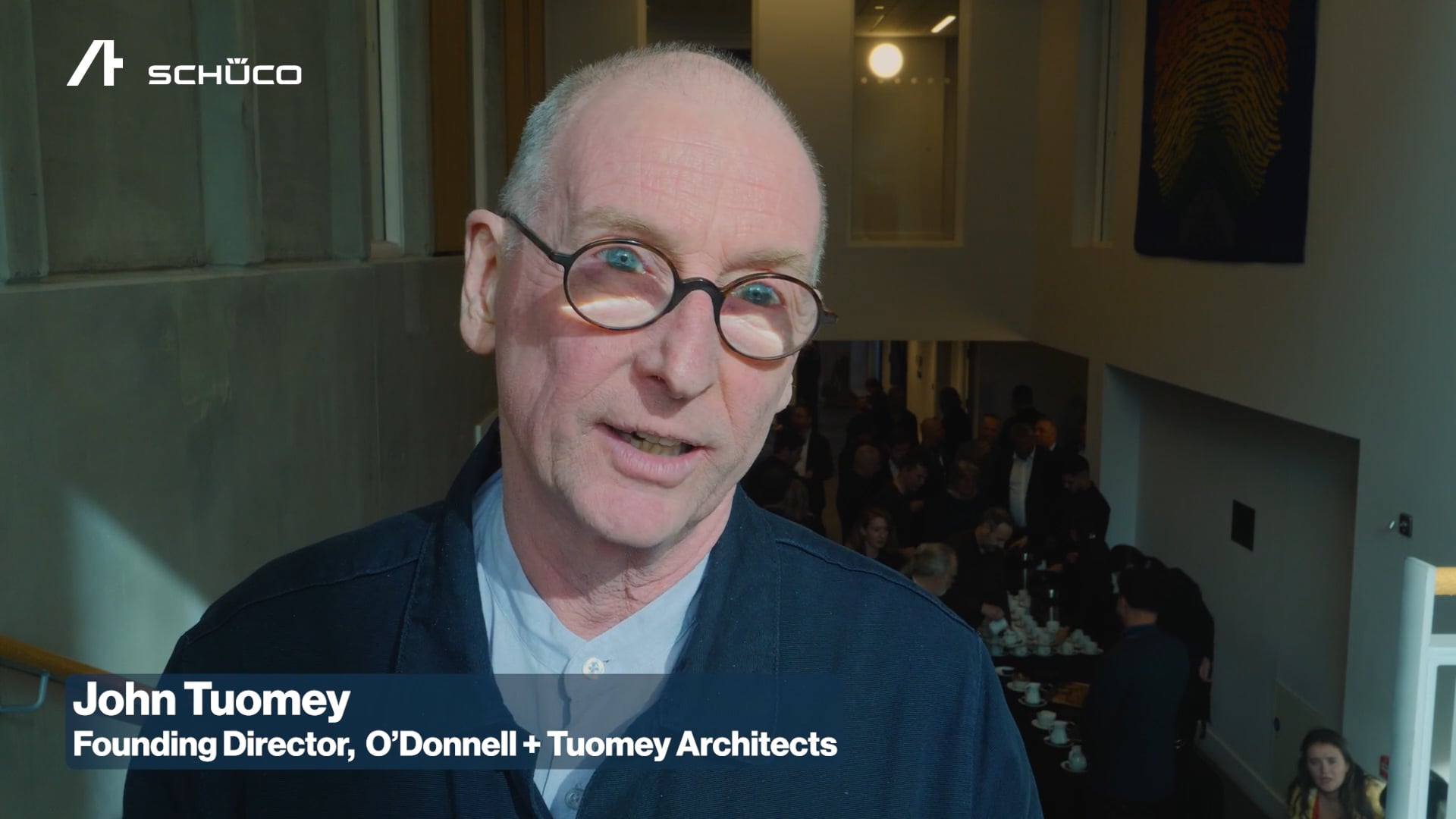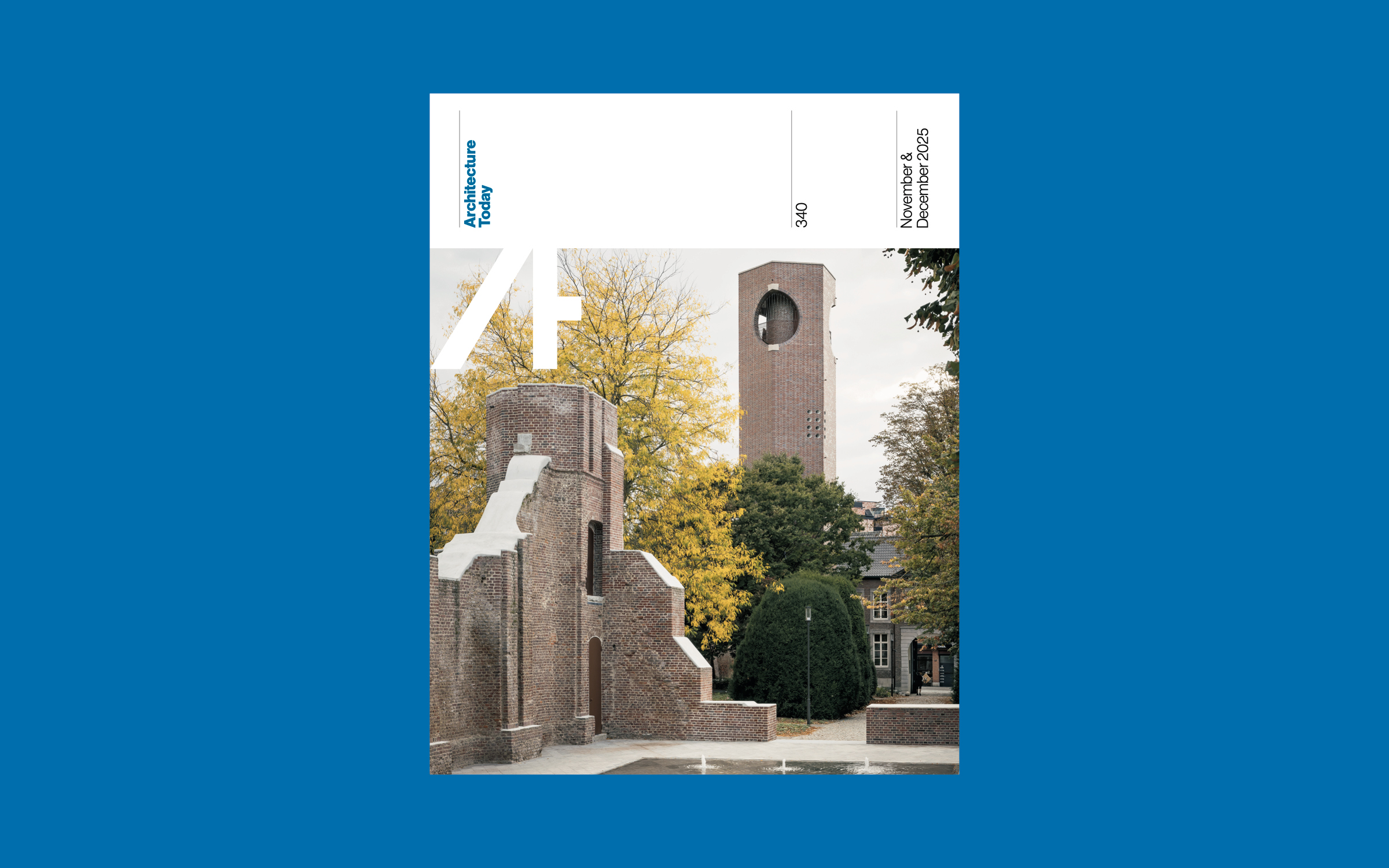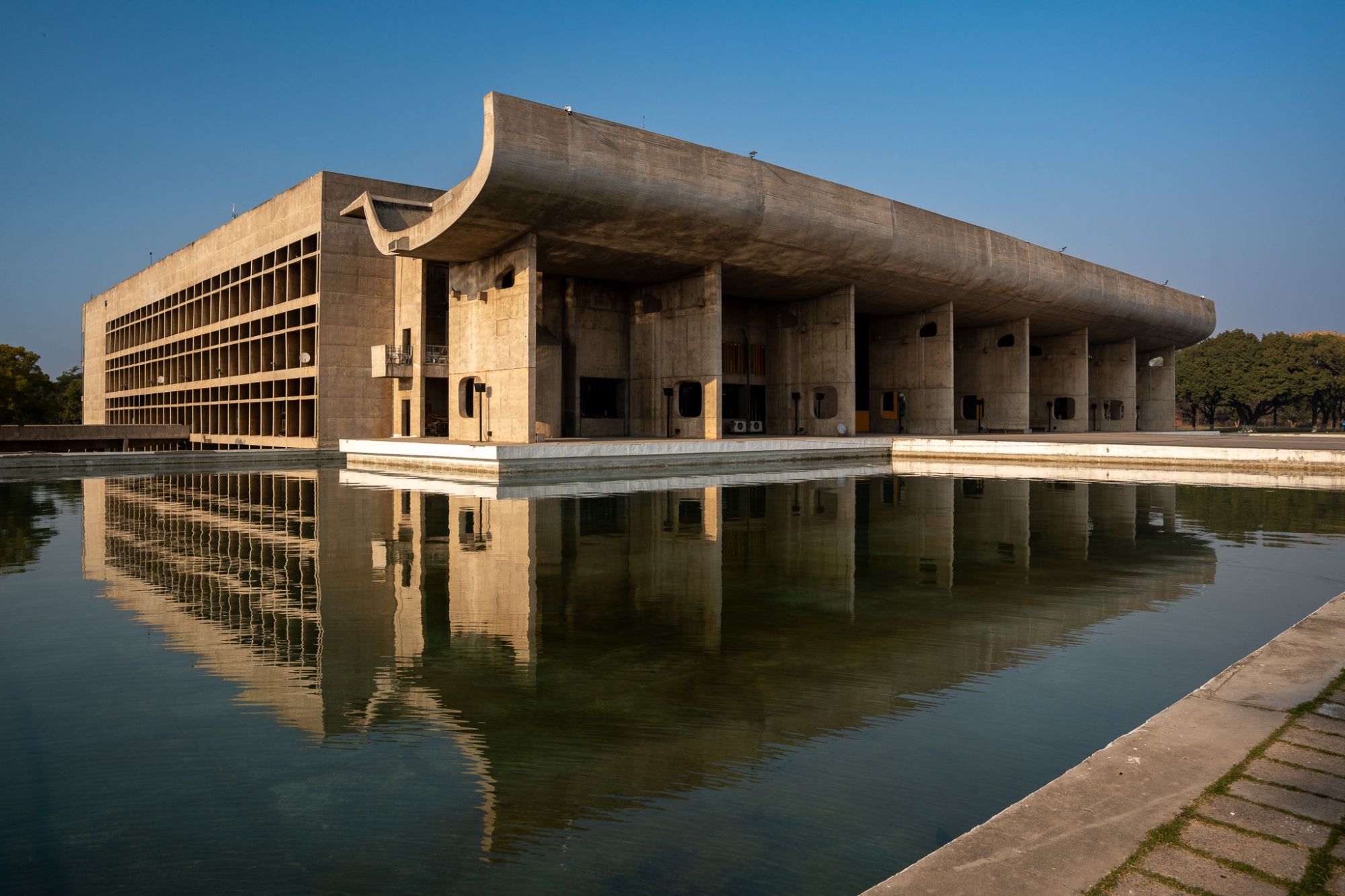Practices, including MICA, Sheppard Robson, White Arkitekter, and Studio Multi, explain how the majority of their projects promote equity in society, and consider all people, not only the building inhabitants.
MICA’s conservation of Hay Castle used local workers, materials and supply chain to deliver a project that appeals to a wide demographic and reconnects the castle with its town (photo: Billie Charity).
Creating a just space for people
Part 3 of the Regenerative Architecture Index is concerned with providing social connection, economic opportunity and wellbeing for all. Our design processes should foster a shared sense of stewardship where neighbourhoods can self-organise and build their resilience. This requires ethical, inclusive and participative approaches. Responses in this section were assessed by Architects Declare steering group members Mandy Franz, Michael Pawlyn, Tom Greenall, Alasdair Ben Dixon and Mark Goldthorpe, with expert input from Regenerative Architecture Index ambassador Immy Kaur – social and civil activist, businesswoman and co-founder and director of CIVIC SQUARE. Read more about Part 3 of the RAI here.
Projects Question 3
Do the majority of your projects promote equity in society, and consider all people, not only the building inhabitants? For example, do your projects show due regard for workers within the supply chain and take active steps to avoid modern slavery?
Front-runner
Assemble
We are concerned not only with the physical stuff of buildings but also how they are made. This is why, with the people of Granby in Liverpool, we set up Granby Workshop. Granby Workshop is now an employee-owned architectural ceramics producer based in Toxteth, Liverpool. Our ongoing collaborations with them on the projects in Liverpool and beyond have enabled an ongoing relationship to build economic resilience and support the production of architectural materials that reinvest into the community that we have been working in.
As well as running an architecture practice we run a workspace business with over 100 tenants over three sites across London. This extensive network of fabricators has enabled us – on many projects – to work with local fabricators and craftspeople who are producing good work for a fair wage.
Runner-up
Sheppard Robson
We promote equality through our project outreach work to schools; for example, our workshops with Normand Croft Primary School as part of the Earls Court redevelopment engage young people in design exercises. More information is available in our Opening Doors, Opening Minds publication.
Projects, like our work with the BBC, have a strong local sourcing agenda, with most products sourced from the UK; this enables closer scrutiny of the suppliers’ values and the quality of the product and repairs. We have run local student competitions to nurture emerging design talent, showcasing winners’ work in BBC buildings, with prizes including paid placements.
Our S|E|E|D library questionnaire includes a section on company approach and social responsibility that suppliers must complete to be part of the database. These include compliance with Modern Slavery Act, due diligence for conflict materials as set out by OECD, and if an EDI policy is in place.
Ones to watch
Marks Barfield Architects
Throughout our design process, the wider community is considered and engaged within projects to ensure the buildings are striving to meet local needs, addressing demographic, social and cultural disparities. When specifying materials, we ensure they are responsibly sourced and have the relevant sourcing accreditations as a minimum. Where possible, we strive to source materials locally from reputable businesses to support local economies and reduce transport emissions. In many of our projects we go further to promote equity and provide social good; we believe that often the most valuable contribution is our time. For Leyton Cricket Pavilion, we pledged to hold eight workshops across four local schools and provide mentorship for three young people through the construction process, at one hour per month for a year. Alongside this, we held three workshops with a group of local young people, giving them the opportunity to contribute to the design process.
Studio Multi
In 2021 Studio Multi was appointed by Winchester City Council to help Kings Walk, a 1970s shopping arcade that was dated and tired but had an interesting mix of motivated, independent tenants including a cycle-focussed café; bike shop; record store; craft shops; a Chinese supermarket and a community theatre. Studio Multi brought together a team of other small creative studios including landscape architect Tim Osborn, lighting designer Light Follows Behaviour, and graphic designer Tim George to help deliver a public realm project that caters for a diverse mix of people and has resulted in a significant increase in footfall. The supply chain was entirely local and, as this project was led by the City Council, had to comply with stringent checks on their business practices. As a small practice Studio Multi has been working on smaller projects and selects suppliers who are ethically sound and preferably local to the project.
Studio Multi reactivated Kings Walk shopping parade in Winchester using local suppliers who complied with stringent checks on their business practices (photo: Andy Stagg).
Studio Bark
We seek to work with local and transparent suppliers as much as possible, to reduce risks in the supply chain and invest in the local economy of our projects. Our public art project Making A Stand brought the complexity of supply chains to the public eye. By telling the story of the timber supply chain we invited the general public to consider the journey of their belongings. As a RIBA Chartered Practice we have policies in place on Health & Safety, EDI, Employment and Environmental Management. However, we have more work to do in this area, and will start by implementing a Modern Slavery Policy and upskilling on these issues.
White Arkitekter
An example of our approach is the Leadership Centre in Nairobi, where we devised a bespoke procurement agreement to promote local Kenyan contractors in the bidding instead of international contractors. Similarly on the Velindre Cancer Centre we have a sustainable procurement policy written into specifications.
MICA
We aim to promote equity in society for the majority of our projects. We consider user, wider concept, potential future users, those impacted by the space and the wider supply chain. At Hay Castle this ranged from ensuring the supply chain, workers and material is tracked to a local source to creating a space that is accessible – and contributes to arts, cultural, historical education – of all demographics and all people. The act of reuniting the town with its castle with mind-changing public realm interventions has had an extraordinary effect on people’s engagement with Hay. We acknowledge that something we can improve on for other projects is to take more active steps to avoid modern slavery.









